India/11 septiembre 2017/Fuente: Hispanidad
Con más de 1.300 millones de habitantes, India es el segundo país más poblado del mundo tras China, y una de las economías que más rápido crecimiento está teniendo en los últimos años. Pero aún tiene grandes asignaturas pendientes, entre otras: reducir los elevados niveles de pobreza y analfabetismo, acabar con las violaciones de los derechos de la mujer y facilitar su incorporación al mercado laboral.
Tan sólo el 27% de las mujeres indias tiene un empleo, según datos de la Organización Internacional del Trabajo (OIT), una cifra muy inferior a la media mundial que ronda el 50% y que no ha corrido pareja al crecimiento económico, sino que ha disminuido en los últimos años. De ahí que el empoderamiento de la mujer, entendido como método para reducir la pobreza femenina, esté cobrando cada vez una mayor importancia: puede servir de ayuda para mejorar  dicho porcentaje.
dicho porcentaje.
Pero ¿qué entendemos por empoderamiento? Pues, sencillamente, conceder poder a un colectivo desfavorecido socioeconómicamente para que, mediante su autogestión, mejore sus condiciones de vida, según el Diccionario de la RAE. Y en este caso, las mujeres de India son dicho colectivo desfavorecido.
En el tema del empoderamiento de la mujer en India, cobra protagonismo la industria textil, fundamentalmente por dos razones: es un pilar de la economía del país asiático y su plantilla es mayoritariamente femenina. Claro que no sólo el empleo es importante a la hora de conceder poder a la mujer, también el acceso a la educación, la formación en salud y la prevención de situaciones de acoso o abuso, así como la promoción de la igualdad. Y todo ello se convierte en un gran reto dado el peso que tienen la tradición patriarcal y las estrictas normas sociales en India.
Es protagonista la industria textil porque es un pilar de la economía del país asiático y su plantilla es mayoritariamente femenina
En lo que respecta a la educación, el país ha hecho un gran esfuerzo, pues la tasa de alfabetización pasó del 38% en que se situaba en 1995 al 63% en 2015, según datos de la Organización de las Naciones Unidas para la Educación, la Ciencia y la Cultura (Unesco). Ahora dicha tasa está en torno al 65%, pero aún hay tarea por hacer: el 35%, es decir, tres cada diez personas, aún es analfabeta.
La educación se incluyó como derecho básico de todo ser humano en la Declaración Universal de Derechos Humanos de la ONU, que data de 1948, buscando el desarrollo de las sociedades y la reducción de las desigualdades entre las personas. Poco después, la Constitución india (aprobada a finales de 1949 y en vigor desde enero de 1950) recogió la educación gratuita para todos los niños hasta los 14 años. Claro que fue en la 86ª enmienda a la Constitución, en el año 2002, donde se consideró la educación un derecho fundamental y se estableció el deber del Estado de cumplirlo, y en 2009, se aprobó la Ley del Derecho a la Educación, que insistió en el derecho a la educación básica gratuita y obligatoria hasta los 14 años. Pero una cosa es lo que pone el papel y otra la realidad, donde aún cuesta ver que se lleve a la práctica totalmente, sobre todo, en las niñas, pues muchas siguen abandonando la escuela para casarse porque en India la mayoría de los matrimonios son concertados, especialmente, en las zonas rurales.
14 años. Pero una cosa es lo que pone el papel y otra la realidad, donde aún cuesta ver que se lleve a la práctica totalmente, sobre todo, en las niñas, pues muchas siguen abandonando la escuela para casarse porque en India la mayoría de los matrimonios son concertados, especialmente, en las zonas rurales.
En cuanto a la formación en salud y la prevención de situaciones de acoso o abuso, es de destacar el Proyecto Sakhi (amiga en hindi), que tiene dos partes -Sakhi Health y Sakhi Gender Equity-. Inditex lo lleva a cabo con la St. John’s National Academy of Health Sciences (Academia Nacional de San Juan de Ciencias de la Salud) situada en Bangalorey el Health Resource Centre (Centro de Recursos de Salud) de Swasti.
Se fomenta el empleo y se apuesta por el acceso a la educación, la formación en salud, la prevención de situaciones de acoso o abuso, la igualdad y el respeto de las condiciones laborales
Sakhi Health es un programa de formación en salud femenina (nutrición, higiene, salud menstrual, cáncer, SIDA o ergonomía). Sus objetivos son: aumentar los conocimientosde salud de las trabajadoras, dar a los empleados información suficiente para el cuidado de su familia y de ellos mismos, reducir su absentismo causado por malas condiciones de salud e higiene y sensibilizar a los trabajadores, supervisores y gerentes de las fábricas para evitar y prevenir futuros problemas de salud. Una labor que en 2016 ha alcanzado a 740 empleados y en la que colabora el Health Resource Centre de Swasti, cuya misión es empoderar a las personas y comunidades, particularmente las pobres y marginadas, para que tomen las decisiones correctas para llevar una vida sana.
Por su parte, el proyecto Sakhi Gender Equity trabaja para identificar y prevenir situaciones que puedan derivar en acoso, discriminación o abuso hacia las trabajadoras. En 2016, se hizo un estudio sobre las empleadas con la ayuda de otras marcas para conocer y analizar la raíz del asunto, que permitió implementar novedosas y mejoradas prácticas en las fábricas y alcanzó a 3.550 trabajadores, y se quiere crear una guía integral de bienestar del empleado, centrada sobre todo en migrantes y mujeres. Y todo ello, con la ayuda de la St. John’s National Academy of Health Sciences, que se dedica a cursos académicos y al servicio a la sociedad y la investigación, sino uno de los diez mejores institutos médicos del país.
Pero la tarea por el empoderamiento de la mujer india no acaba aquí, también cabe mencionar el Proyecto Sowbhagyam (buena suerte en hindi), que se desarrolla en el estado de Tamil Nadu y se puso en marcha en 2011. Se trata de acciones específicas contra el ‘sumangali’: una práctica laboral abusiva muy enraizada en la cultura rural de esta región, por la que las jóvenes son enviadas a trabajar a fábricas textiles durante unos tres años y al acabar este periodo reciben la mayor parte de su salario, que se destina principalmente a pagar la dote en el momento de casarse.
Estas acciones se llevan a cabo en todos los ámbitos donde se puede trabajar para su erradicación (fábricas, relación con autoridades y organismos internacionales -entre ellos la Ethical Trading Initiative-, comunidades rurales y familias). Por ejemplo, gracias a la colaboración con la ONG local SAVE (Social Awareness and Voluntary Education -Conciencia Social y Educación Voluntaria-) se imparte formación en pueblos y escuelas de Tamil Nadu para concienciar sobre la importancia de la educación y de los derechos de los trabajadores. También existe una labor de sensibilización con las agencias de empleo para que reconozcan y respeten las condiciones laborales. Hasta ahora, el Proyecto Sowbhagyam ha tenido 19.171 beneficiarios directos, ha formado a 5.951 escolares y 327 voluntarios, y ha sensibilizado a 36 agencias de empleo.
Fuente: http://www.hispanidad.com/la-pobreza-femenina-una-de-las-asignaturas-pendientes-de-india.html


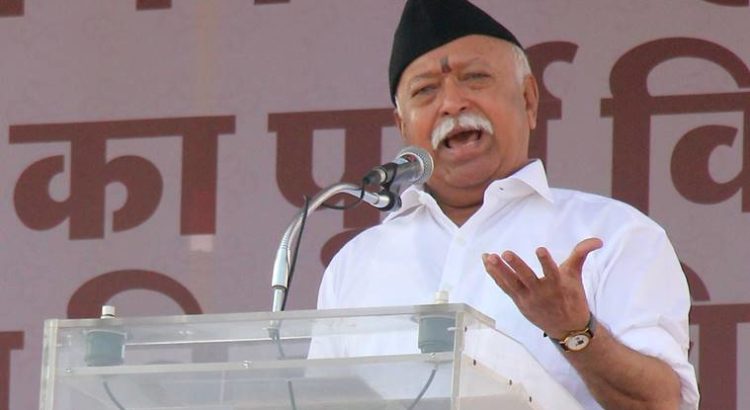
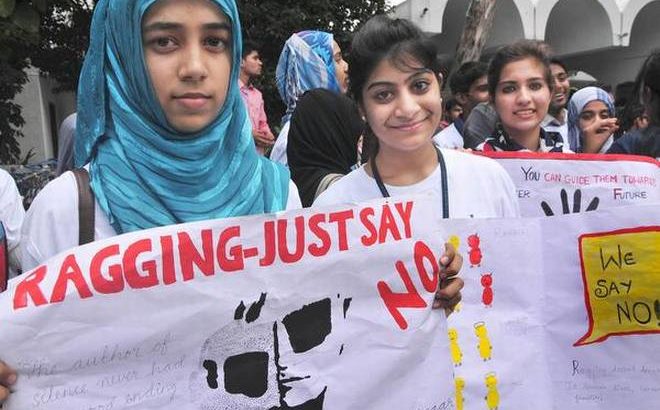
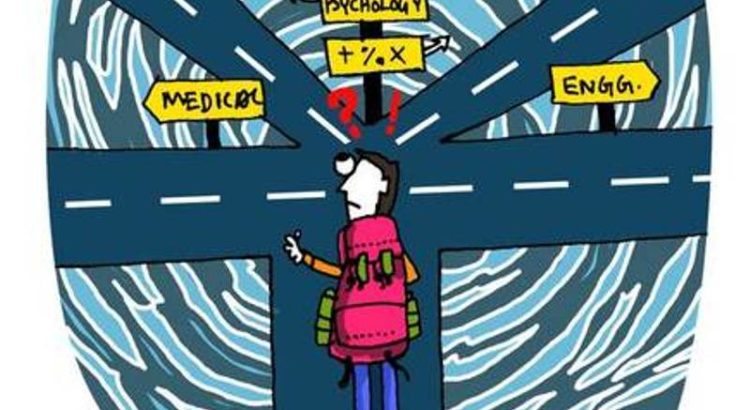
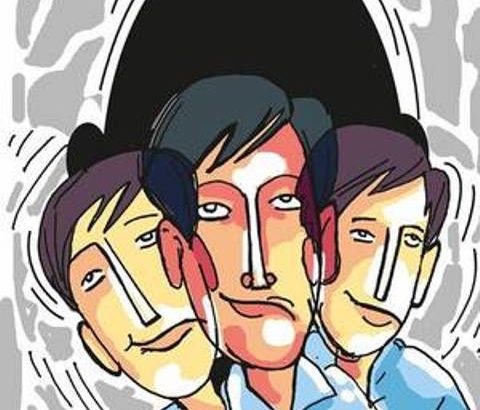
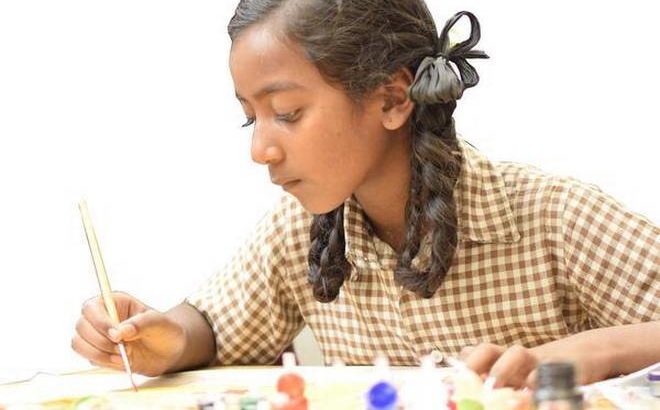






 Users Today : 12
Users Today : 12 Total Users : 35460673
Total Users : 35460673 Views Today : 32
Views Today : 32 Total views : 3419777
Total views : 3419777